Introduction:
Jahangir’s Tomb, nestled in the historic city of Lahore, stands as a testament to the architectural grandeur and historical significance of the Mughal Empire. This magnificent structure, built in the early 17th century, carries with it a rich legacy that encompasses art, culture, and the reign of Emperor Jahangir. Jahangir’s death marked the end of an era and left a significant impact on the Mughal Empire. He died in “Rajauri” on 28 October 1627, after a reign that lasted over 22 years. Jahangir’s death was met with great sorrow and mourning throughout the empire. In this blog post, we will delve into the historic significance of Jahangir’s Tomb, explore its architectural style and appreciate Jahngir’s love for art. We will also discover the other gems like The Akbari Sarai, Maqbara Asif Khan and Maqbara Nur Jahan located in its vicinity.
Historic Significance:
Jahangir’s Tomb holds immense historic significance as it serves as the final resting place of Emperor Jahangir, who ruled from 1605 to 1627. Jahangir, also known as Nur-ud-din Muhammad Jahangir, was a significant figure in the Mughal Empire, and his tomb stands as a symbol of his enduring legacy and contributions.
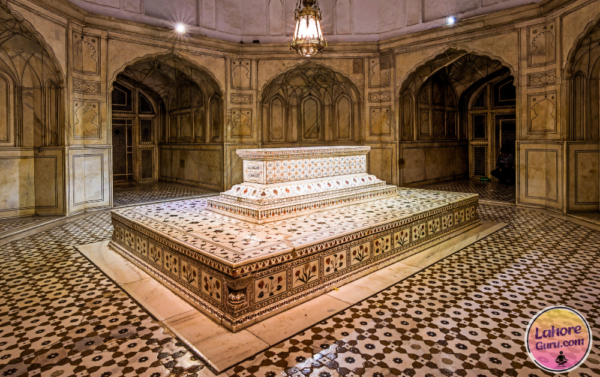
During Jahangir’s reign, the Mughal Empire experienced a period of stability and cultural prosperity. He built upon the achievements of his father, Akbar the Great, and expanded the empire’s boundaries, consolidating its hold over the Indian subcontinent. Jahangir’s reign saw the flourishing of art, literature, and architecture, with the Mughal court serving as a centre for cultural exchange and patronage.
Emperor Jahangir was renowned for his passion for the arts and his love for nature. He had a keen eye for aesthetics, fostering an environment where poetry, painting, and music thrived. His court attracted renowned artists and scholars, resulting in the creation of magnificent works of art and literature. The emperor himself was a skilled painter and encouraged the development of Mughal miniature painting, leaving behind a rich legacy of artistic expression.
Jahangir’s reign was characterised by a unique blend of religious tolerance and effective governance. He maintained a delicate balance between different religious communities and ensured that the empire remained inclusive and harmonious. His administration focused on economic prosperity, encouraging trade and implementing policies that enhanced revenue collection and improved the welfare of his subjects.
Who Built Jahangir’s Tomb:
The construction of Jahangir’s Tomb was commissioned by his son and successor, Emperor Shah Jahan. Shah Jahan, known for building the iconic Taj Mahal, sought to honour his father’s memory by creating a grand mausoleum befitting his legacy. The construction of the tomb began shortly after Jahangir’s death in 1627 and was completed in 1637.
Architectural Style of Jahangir’s Tomb:
The tomb’s architecture showcases a fusion of Islamic, Persian, and Mughal styles, reflecting the artistic sensibilities of the era. Constructed primarily with red sandstone, the tomb complex exudes a sense of grandeur and elegance. The main entrance to the tomb leads visitors through a magnificent gateway adorned with intricate carvings and calligraphy. Beyond the gateway lies a spacious quadrangle featuring beautifully designed minarets and marble lattice screens. The main chamber houses the marble cenotaph of Emperor Jahangir, ornately carved with delicate floral patterns and Quranic inscriptions. The interior walls are adorned with colourful frescoes, reflecting the aesthetic taste of the Mughal period.
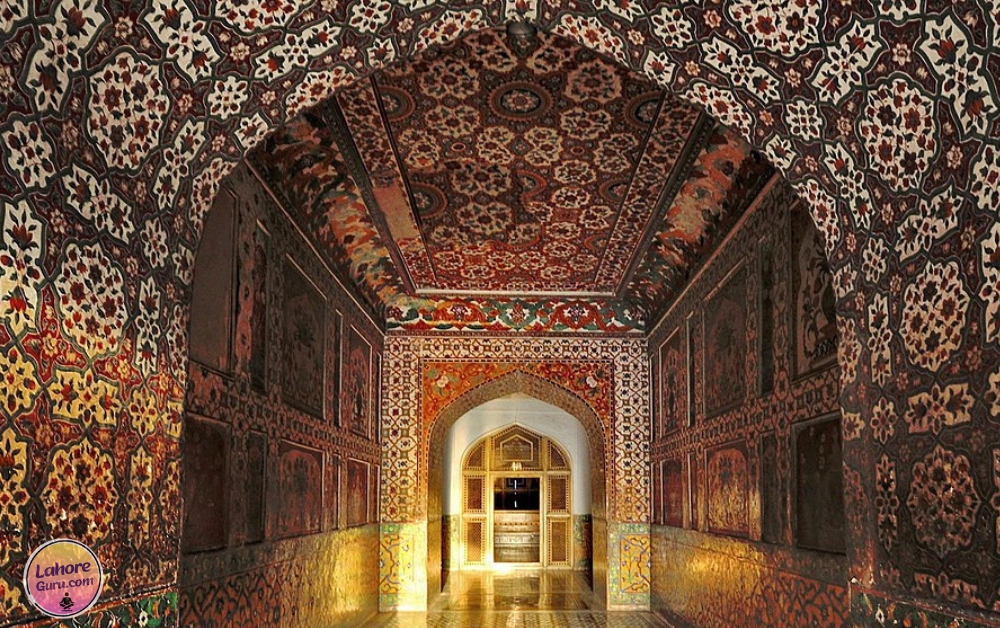
The Akbari Sarai:
The Akbari Sarai is located in the vicinity of Jahangir’s Tomb. It served as an important caravanserai or inn during the Mughal era. Built during the reign of Emperor Akbar the Great, the purpose of the Akbari Sarai was to provide lodging and facilities for travellers, traders, and pilgrims journeying along the historic Grand Trunk Road. The Akbari Sarai provided essential amenities for travelers, including accommodations, food, water, and facilities for their animals. The inn’s design and layout were strategically planned to accommodate a significant number of people and animals, ensuring their comfort and security during their journey.
The sarai complex features a monumental gateway that served as an imposing entrance, welcoming visitors to the inn. Inside, a spacious courtyard provided a gathering area where travellers could rest and socialise. The rooms surrounding the courtyard offered individual accommodations, allowing travellers to find respite from their long journeys.
Additionally, the Akbari Sarai also functioned as a hub for commercial activities. Traders would stop at the sarai, taking advantage of the location’s strategic position along the trade route. This facilitated the exchange of goods, ideas, and cultural influences, contributing to the economic and social development of the region.
The Akbari Sarai’s proximity to Jahangir’s Tomb also added to its significance. Visitors to the tomb would often pass through the sarai, providing a bustling atmosphere and contributing to the vibrant cultural and commercial dynamics of the area.
Today, while the Akbari Sarai no longer serves its original purpose as an inn, it stands as a historical monument, reminding visitors of its past significance in facilitating travel, trade, and cultural interactions during the Mughal period. The architectural grandeur and intricate detailing of the sarai showcase the craftsmanship and vision of the era, offering a glimpse into the vibrant history of Shahdara and its connection to the Mughal Empire.
Maqbara Nur Jahan:
The Maqbara Nur Jahan is also situated in the vicinity of Jahangir’s Tomb and holds historical and cultural significance. Nur Jahan, the influential Empress of Emperor Jahangir, was buried in this mausoleum after her death in 1645.
The mausoleum of Nur Jahan features elements of Mughal and Persian architectural styles. The structure is known for its intricate marble carvings, delicate inlay work, and decorative motifs. It reflects the artistic brilliance and attention to detail that characterised the Mughal era.
Despite the passage of time and environmental factors, the Maqbara Nur Jahan has undergone restoration and conservation efforts to preserve its architectural beauty. Restoration projects aim to protect the delicate carvings and maintain the historical integrity of the mausoleum.
Usually, Visitors to Jahangir’s Tomb Shahdara also avail the opportunity to explore the nearby Maqbara Nur Jahan. These sites provide insights into the cultural and historical legacy of the Mughal Empire, showcasing the significant roles played by both Jahangir and Nur Jahan in shaping the empire’s art, culture, and governance.
Maqbara Asif Khan:
Maqbara Asif Khan is also located in the vicinity of Jahangir’s Tomb in Shahdara, Lahore. It is a significant historical structure that holds both architectural and cultural importance. It serves as the mausoleum of Asif Khan, Jahangir’s brother-in-law and the father of Empress Mumtaz Mahal, who was the wife of Emperor Shah Jahan.
The mausoleum of Asif Khan was constructed during the Mughal era and showcases a unique blend of Persian and Mughal architectural elements. Asif Khan played a prominent role in the Mughal court and was known for his influential position as well as his association with the royal family.The mausoleum features an elegant design characterised by a large central dome, intricate marble carvings, and intricate geometric patterns.
However, over the years, the condition of Maqbara Asif Khan has deteriorated due to neglect and the passage of time. The once pristine marble surfaces have weathered, and the intricate carvings and inlays have suffered damage. The effects of pollution, environmental factors, and inadequate maintenance have contributed to the decay of the structure.
Visitors to Jahangir’s Tomb can explore Maqbara Asif Khan, experiencing its serene atmosphere and admiring the architectural elements that have survived the test of time. The mausoleum stands as a tribute to Asif Khan’s place in history and serves as a valuable historical and cultural site within the larger complex of Jahangir’s Tomb in Shahdara, Lahore.
Conclusion:
Jahangir’s Tomb, situated in Shahdara, Lahore, stands as a testament to the grandeur and historical significance of the Mughal Empire. Its architectural brilliance, intricate designs, and the tranquil atmosphere of the surrounding gardens make it a captivating destination for tourists who appreciate historic architecture and Mughals love for art and design. Lahoreguru.com observes that as soon as the visitors explore the tomb complex, they are transported back in time, discovering the artistic marvels and the rich heritage left behind by Emperor Jahangir and the Mughal dynasty. Alongside other notable attractions in the vicinity, such as the Akbari Sarai and the tombs of Asif Khan and Nur Jahan, Jahangir’s Tomb provides a captivating experience that showcases the opulence and cultural heritage of the bygone era.
Want to explore more Tourist Attractions in Lahore click here
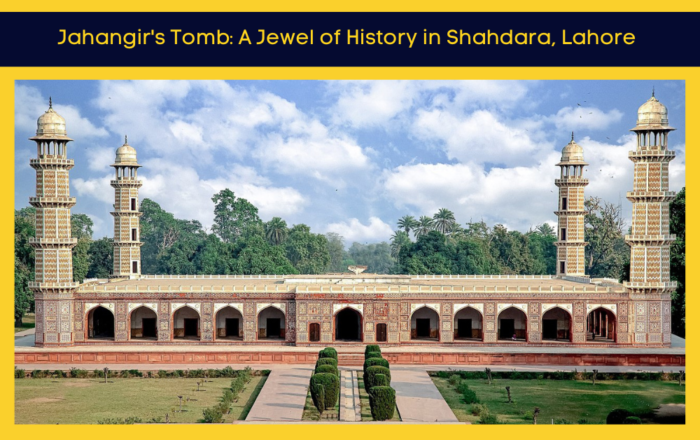
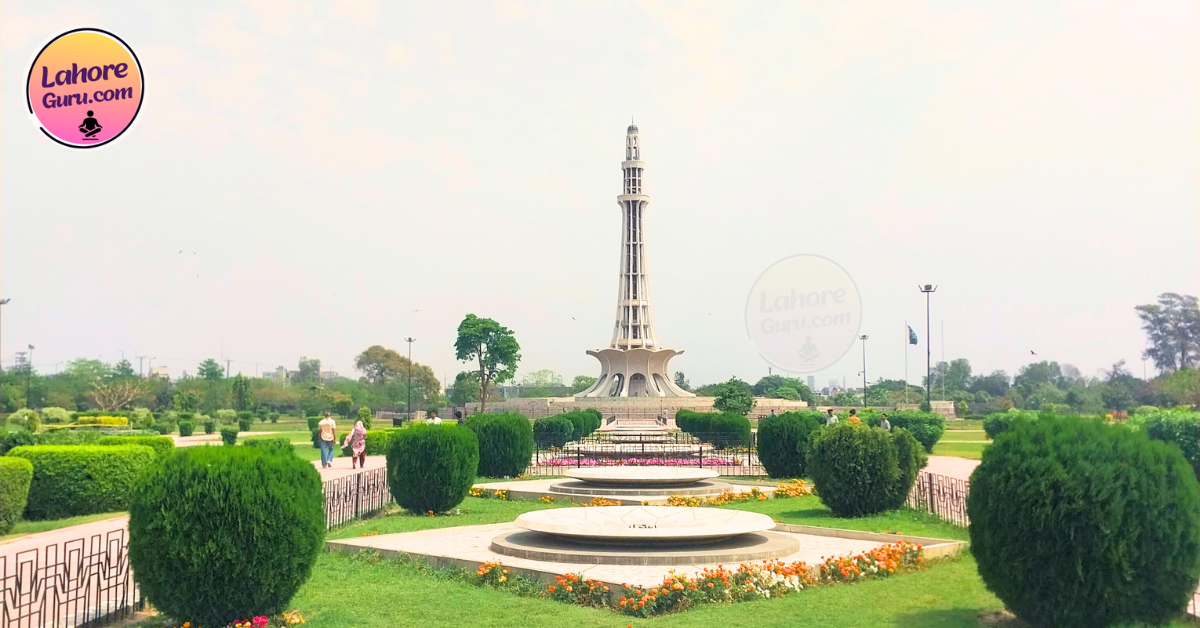

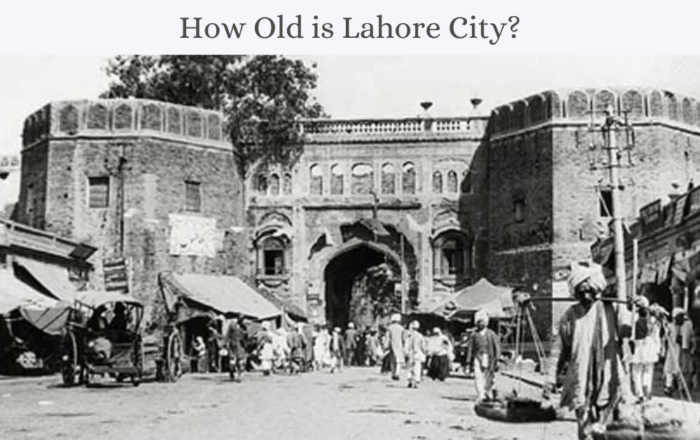
I loved even more than you will get done right here. The picture is nice, and your writing is stylish, but you seem to be rushing through it, and I think you should give it again soon. I’ll probably do that again and again if you protect this hike.